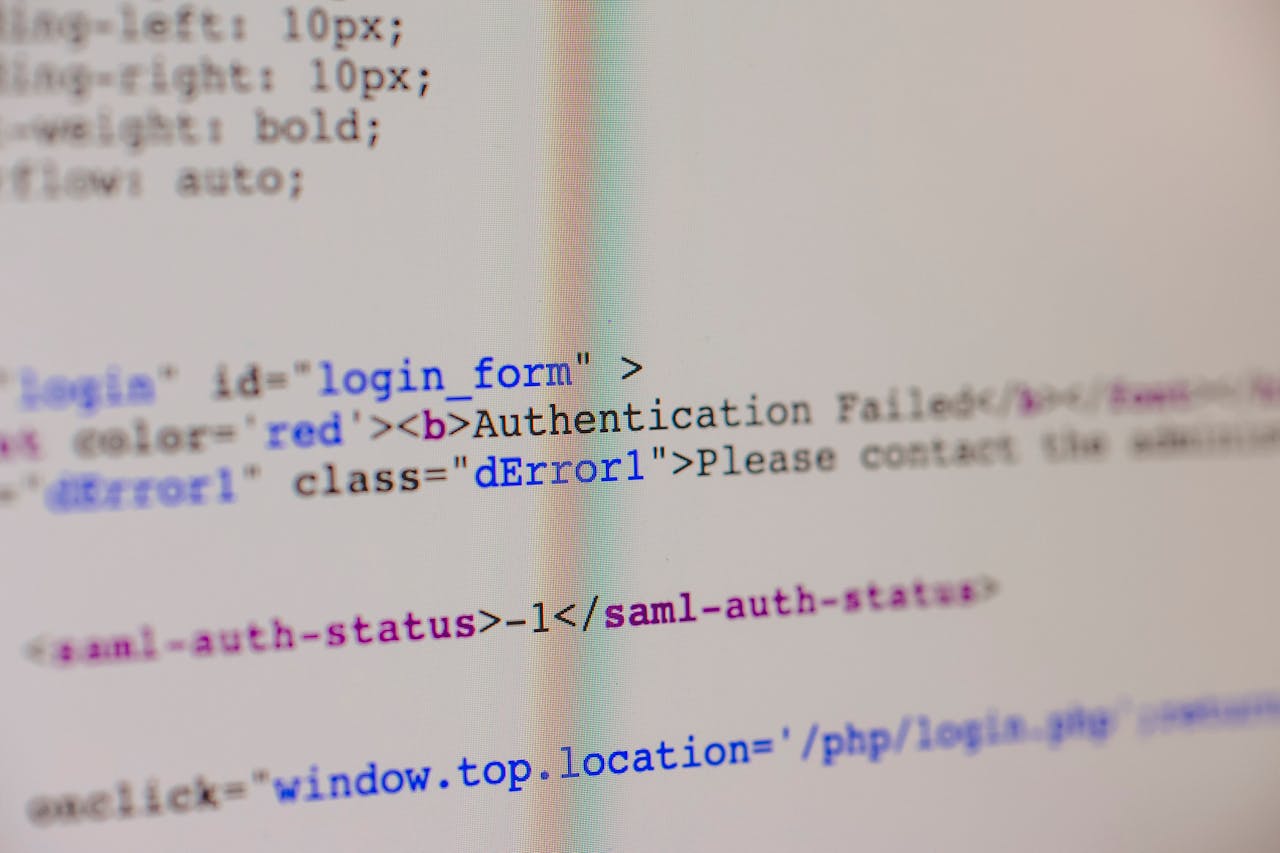How Multi-Factor Authentication Reduces Online Fraud Risk in 2025
In an era where cybercrime costs are projected to reach $13.8 trillion globally by 2028, securing online accounts has never been more urgent. One proven security method—multi-factor authentication (MFA)—stands out as a strong defense. This article explores how multi-factor authentication reduces online fraud risk, supported by 2025 data, real-life examples, and actionable tips you can start using today.
Why Online Fraud Is Evolving Faster Than Ever
The days when phishing emails were full of typos are long gone. Today’s scams use AI-powered impersonation, deepfake audio, and even cloned websites. According to the FBI’s Internet Crime Complaint Center (IC3), reported cybercrime losses in the U.S. jumped from $6.9 billion in 2021 to $12.5 billion in 2024, with account takeover fraud making up a significant share.
Unlike passwords, which can be stolen through phishing or database breaches, MFA requires multiple verification steps, making it significantly harder for attackers to gain access.
What Exactly Is Multi-Factor Authentication?
MFA adds at least one extra layer of security on top of your password. For example:
- Something you know: your password or PIN
- Something you have: a code sent to your phone or an authentication app
- Something you are: biometric verification like fingerprints or facial recognition
When these factors are combined, even if hackers steal your password, they still can’t get into your account without passing the other checks.
2025 Data on MFA’s Effectiveness
Security researchers from Microsoft report that MFA can block 99.2% of automated account attacks. Meanwhile, Google confirmed that enabling MFA reduced account hijacking incidents by over 90% in its services.
A 2025 Verizon Data Breach Investigations Report highlights that stolen credentials remain the most common entry point for cyberattacks—making MFA not optional, but essential.
| Year | Reported U.S. Cybercrime Losses | MFA Adoption Rate (US Businesses) |
|---|---|---|
| 2021 | $6.9B | 41% |
| 2023 | $10.2B | 55% |
| 2024 | $12.5B | 63% |
| 2025 (proj.) | $13.3B | 72% |
Source: FBI IC3, Verizon DBIR
Case Study: How MFA Saved a Financial Firm $4 Million
In early 2025, a mid-sized U.S. investment firm noticed multiple failed login attempts from overseas IP addresses targeting employee email accounts. Thanks to company-wide MFA implementation, none of the accounts were breached.
According to their CFO, avoiding a single ransomware incident could have cost the firm over $4 million in recovery expenses and lost business. This example mirrors broader industry trends—companies with MFA are far less likely to suffer costly breaches.
Common MFA Methods and Their Pros & Cons
| MFA Method | Pros | Cons |
|---|---|---|
| SMS codes | Easy to use, no app needed | Vulnerable to SIM swapping attacks |
| Authenticator apps (e.g., Google Authenticator, Authy) | More secure than SMS, offline capable | Requires setup and backup |
| Hardware security keys (e.g., YubiKey) | Extremely secure, phishing-resistant | Small cost, must carry device |
| Biometric (Face ID, Touch ID) | Fast and convenient | Privacy concerns, device dependent |
How to Implement MFA Without Frustrating Users
- Start with high-risk accounts first – email, banking, and cloud services.
- Offer multiple MFA options – let users choose between SMS, authenticator app, or hardware key.
- Educate users on why MFA matters—backed by real-world examples.
- Enforce MFA for admin-level access across all systems.
- Regularly review MFA settings—especially when employees leave.
FAQ on MFA and Fraud Prevention
Q1: Can hackers bypass MFA?
Yes, but it’s rare. Advanced phishing kits and SIM swapping can bypass weaker MFA methods like SMS, but hardware keys and phishing-resistant MFA drastically reduce this risk.
Q2: Is MFA enough to stop all fraud?
No security measure is 100% effective, but MFA is one of the highest ROI defenses you can adopt.
Q3: Does MFA slow down login times?
It adds a few seconds, but the trade-off for vastly increased security is worth it.
Recommended Tools and Resources
- Microsoft Authenticator – Free, integrates with major services.
- Authy – Secure app with multi-device sync and cloud backup.
- YubiKey – Physical security key used by Google, Meta, and government agencies.
Practical Steps You Can Take Today
- Enable MFA on your main email account immediately—it’s the gateway to all your other logins.
- Use an authenticator app instead of SMS for better phishing resistance.
- For sensitive accounts, invest in a hardware security key.
- Regularly update recovery methods—remove outdated phone numbers and backup codes.
- Encourage friends and family to adopt MFA—it’s a low-effort way to stop most account takeovers.
Final Thoughts
Cybercriminals are becoming smarter, faster, and more resourceful. But so can we. Enabling MFA is one of the simplest, cheapest, and most effective ways to safeguard your digital life in 2025. Whether you’re protecting personal email, bank accounts, or corporate systems, every additional layer of verification makes it harder for attackers to win.
You Might Like
- How 2FA Security Protects Your Online Accounts: A Deep Dive into Two-Factor Authentication
- Game Players’ Guide to Prevent Virtual Item and Account Selling Scams
- Mobile App In-App Purchase Scams and Subscription Trap Protection Guide
- Latest Methods to Prevent AI-Generated Voice and Video Scams in 2025



